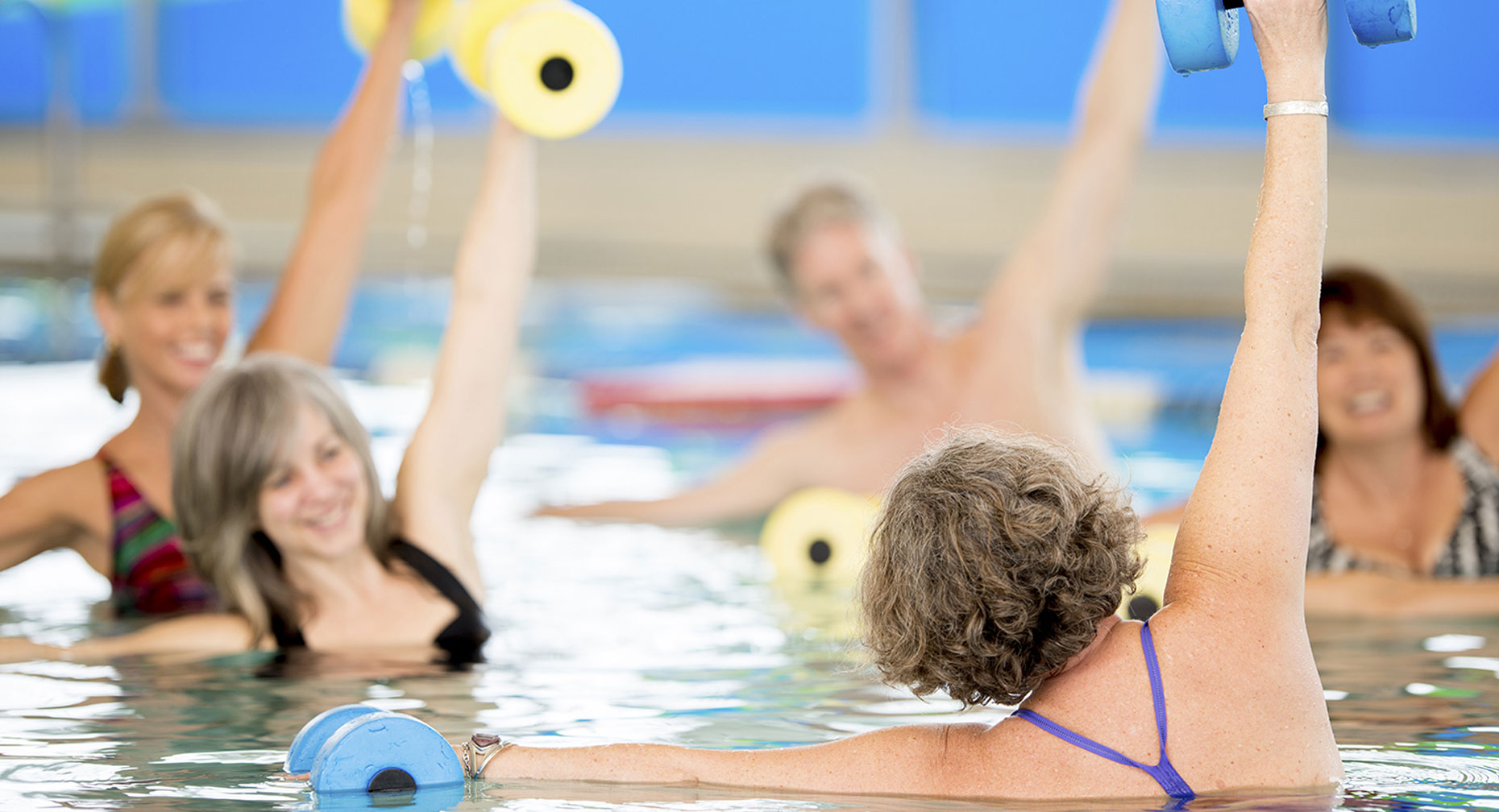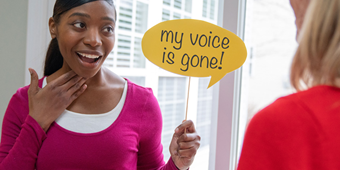The Important Link Between Exercise And Osteoporosis

Find Your Perfect Match
Answer a few questions and we'll provide you with a list of primary care providers that best fit your needs.
Your bones are living tissues that continuously break down and get replaced. When they are dense, strong, and healthy, they’re less likely to fracture and cause pain. But as you get older — actually starting at age 30 — you start to lose more bone mass than your body manufactures. Eventually you may be diagnosed with osteoporosis.
What’s Osteoporosis?
The word “osteoporosis” means “porous bones.” It’s a disease that causes your bones to become less dense and more fragile. When severe, osteoporosis can cause your bones to fracture by simply coughing or bending over.
Osteoporosis is partly inherited. But in addition, your risk is increased if you:
- Are postmenopausal
- Are female age 65+ or male age 70+ (up to 80 percent of those with osteoporosis are female)
- Have a thin body type
- Are Caucasian or Asian
- Smoke or drink alcohol to excess
- Exercise very little or not at all
- Have a calcium or vitamin D deficiency
- Take certain medications
What’s Exercise Got To Do With It?
You can reduce your chances of developing osteoporosis with weight bearing exercises. Also by quitting smoking, limiting alcohol, and maintaining a healthy diet, which includes calcium and vitamin D.
Examples of weight bearing activities include:
- Walking
- Climbing stairs (always use a handrail to prevent falls)
- Dancing
- Playing tennis or pickleball
- Hiking
- High impact aerobics
Strength and resistance exercises also help build muscle strength and increase bone density. They include:
- Free weights and weight machines
- Swimming
- Bicycling
- Yoga
- Tai chi
- Gentle stretching
- Pilates
But Check With Your Doctor First
If you’ve been diagnosed with osteoporosis, these same lifestyle choices may slow disease progression and help you manage it. Check with your doctor about any possible exercise limitations.
For example, if you have significant osteoporosis in your lumbar spine, you may be advised to avoid exercises that involve bending and lifting, while other exercises may be deemed appropriate, If needed, your doctor has many options for osteoporosis medications that will help reduce fracture risk.
Exercise is one of the cornerstones of treatment for osteoporosis, but each case is individualized and should be discussed with a physician. There are lots of ways exercise can be modified for those using a cane, walker, or thos who are wheelchair-bound.
In addition to weight-bearing exercise, balance exercises are important to prevent falls and help with brain-muscle connections.
Follow These Tips To Ensure You’re Exercising Safely
- If you have heart trouble, high blood pressure, diabetes, or have any health problems, including obesity, check with your health care provider before beginning a regular exercise program. Also, check with your health care provider if you’re 40 or older.
- Before using weights or pieces of equipment such as elliptical machines, get clear instructions about how to use them safely.
- Stop any exercise that causes pain.
- Aim for 30 minutes of physical activity every (or most) days.
- Always practice good posture, lifting your breastbone, keeping your shoulders back, lightly pulling your shoulder blades together, and holding in your abdominal muscles.
- When lifting objects, bend from your hips and knees — never from your waist.
- Avoid slippery-soled shoes that may cause you to fall
Your doctor may suggest you avoid these exercises because of the force they place on your bones or their increased risk of falling:
- Skiing
- Skating
- Jumping rope
- Jogging
- Golfing (twisting action is hard on your spine)
Find Your Perfect Match
Answer a few questions and we'll provide you with a list of primary care providers that best fit your needs.
Source: NIH Osteoporosis and Related Bone Diseases Resource Center




